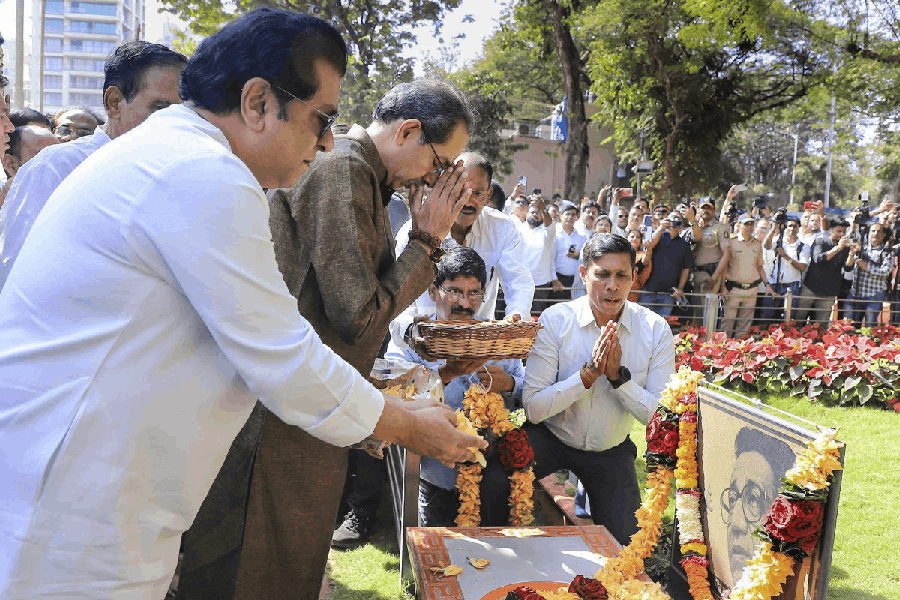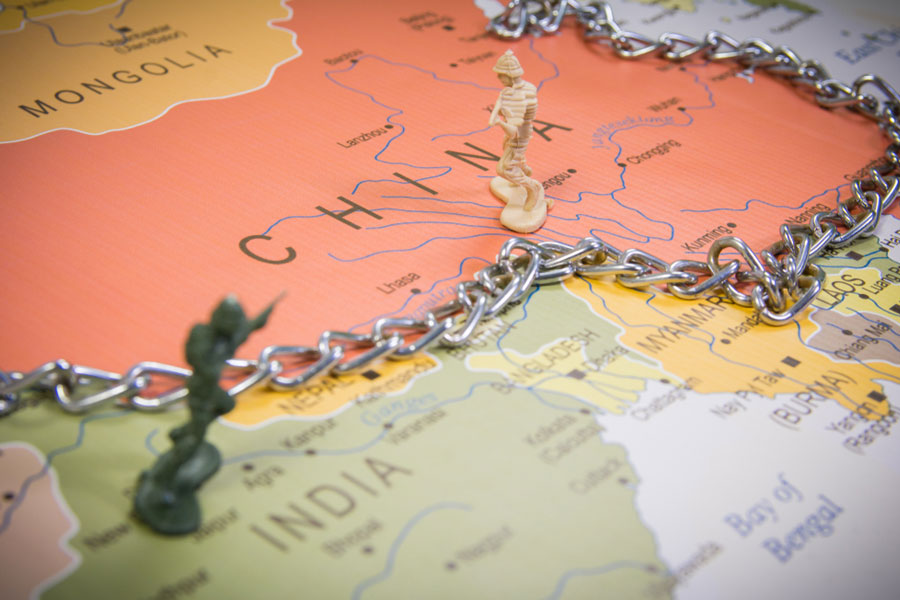Jorhat, Aug. 30: Water, water everywhere, but a whopping Rs 100-crore is being spent annually to import one lakh tonnes of fish to the state and the Assam Agricultural University (AAU) along with other stakeholders in the region, is committed to decrease this huge deficit.
A workshop held at AAU today on strategy for harnessing fish production potentialities in flood-affected areas, deliberated on the ways to usher in a blue revolution in the state.
Vice-chancellor of the university K.M. Bujarbaruah said while Andhra Pradesh, which had an annual rainfall of only 400mm, could feed fish to Assam, the state, which had an annual rainfall of 1,000-1,200mm, was 50 per cent deficient in the production.
Other Northeast states like Sikkim and Arunachal Pradesh were 97 per cent and 85 per cent deficient in the fish production, respectively.
“In order to make this place self-sufficient, a road map has to be created for the increase in fish yield along with the development of horticulture and animal husbandry and other spheres,” Bujarbaruah said.
The vice-chancellor stressed on a plan, which would be practical, vis-à-vis a hydrology study, soil study and geographical and climate study and that he would manage the funds for the projects.
“Different technology and methodology would be required for different places. For Majuli, there has to be a different strategy and for Dhubri, a different one,” he said.
Bujarbaruah said while the loss of paddy and animal husbandry because of floods could be correctly assessed, no such assessment could be chalked out for the loss in the fishery sector.
“It was found this year, that Assam had lost 44,000 paddy seeds, which would have been sown over 4,40,000-hectares of land. Assam sows rice over 25-lakh hectares of land and it was found that we could do away with this loss. If farmers use the latest technology, then only 14-lakh hectares for rice is all that is required. It was also seen that 5.25-lakh hectares of land was chronically flood-prone. We zeroed in on this and want to find if these areas can be converted to fisheries,” he said.
Bujarbaruah highlighted the vast number of waterbodies —about 6,000 beels— which could be desilted and made available for storing the flood water, so that the fish did not get washed away during rains.
Upper Assam commissioner Iftikar Hussain said the current generation was not aware of many indigenous fish species like kholihona and dorikhona, which made for tasty dishes and by creating a fish museum, the process of conservation and preservation of all indigenous species of fish could also be practised.
Dean of agriculture L.K. Hazarika said Punjab, which had less water than Assam was producing the largest quantity of fish, whereas floods had affected three lakh fishery ponds in Assam annually.
Indian Council of Agricultural Research (ICAR) had also sanctioned an experiential learning programme for the undergraduate students.
A.K. Gogoi, former additional director-general of ICAR and project coordinator, said, “Because of the delay in fish breeding here and the climate, Assam missed out on the maximum growth period and fish seeds had to be imported. There was a need to find a solution to this, maybe, with the carry-over seed stored and with the best ways to convert the wetlands, which were fast turning into swamps.”










